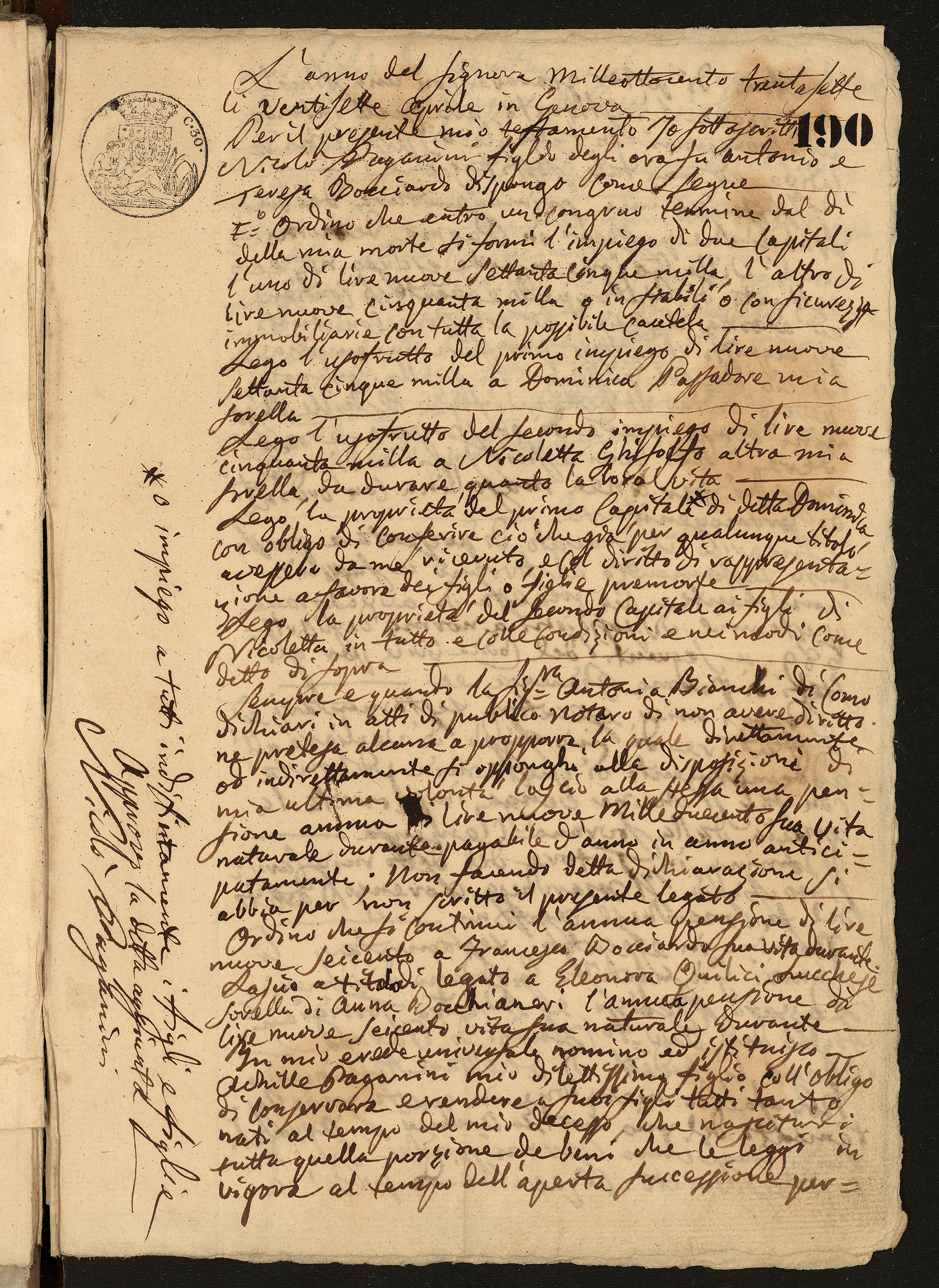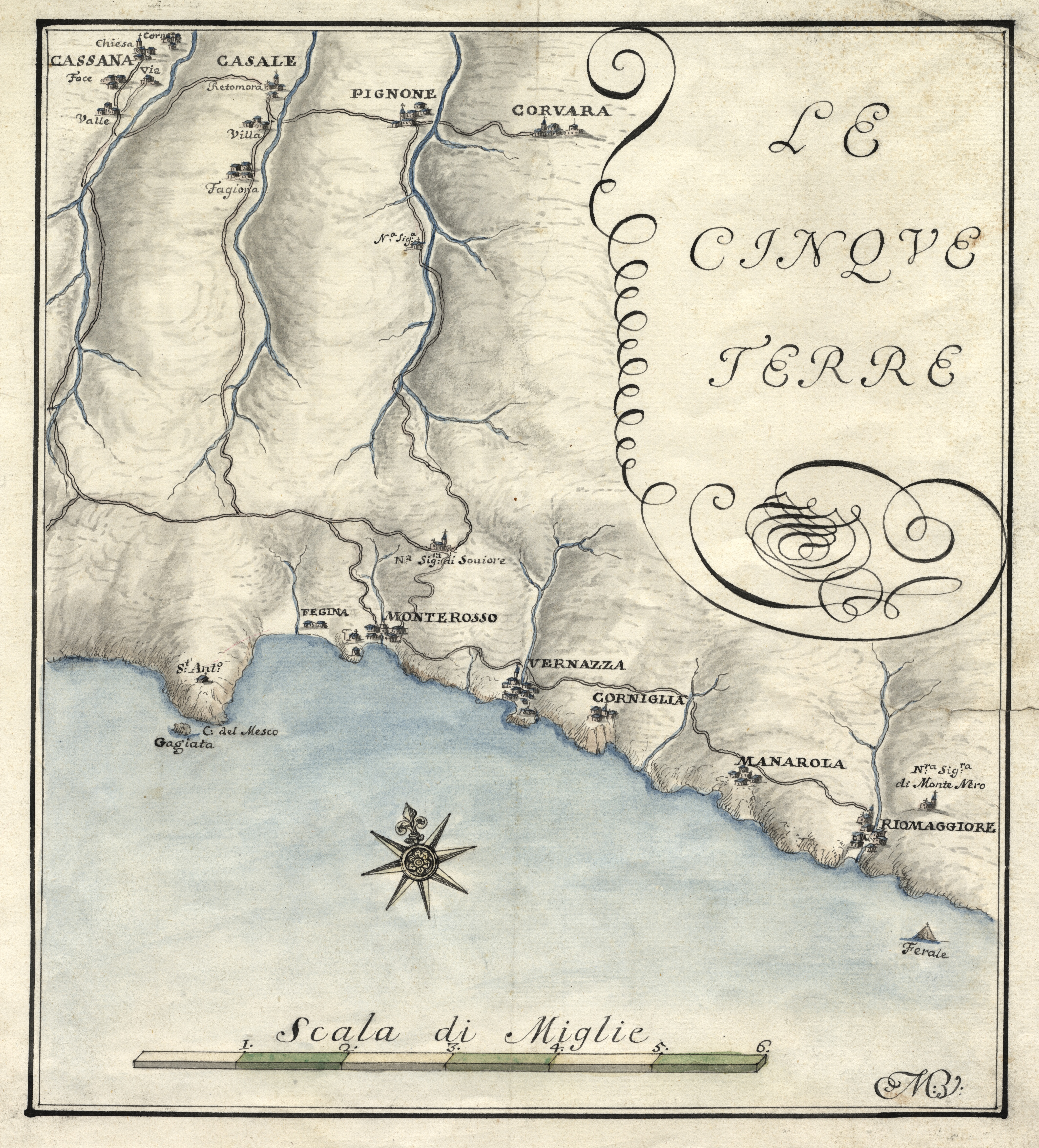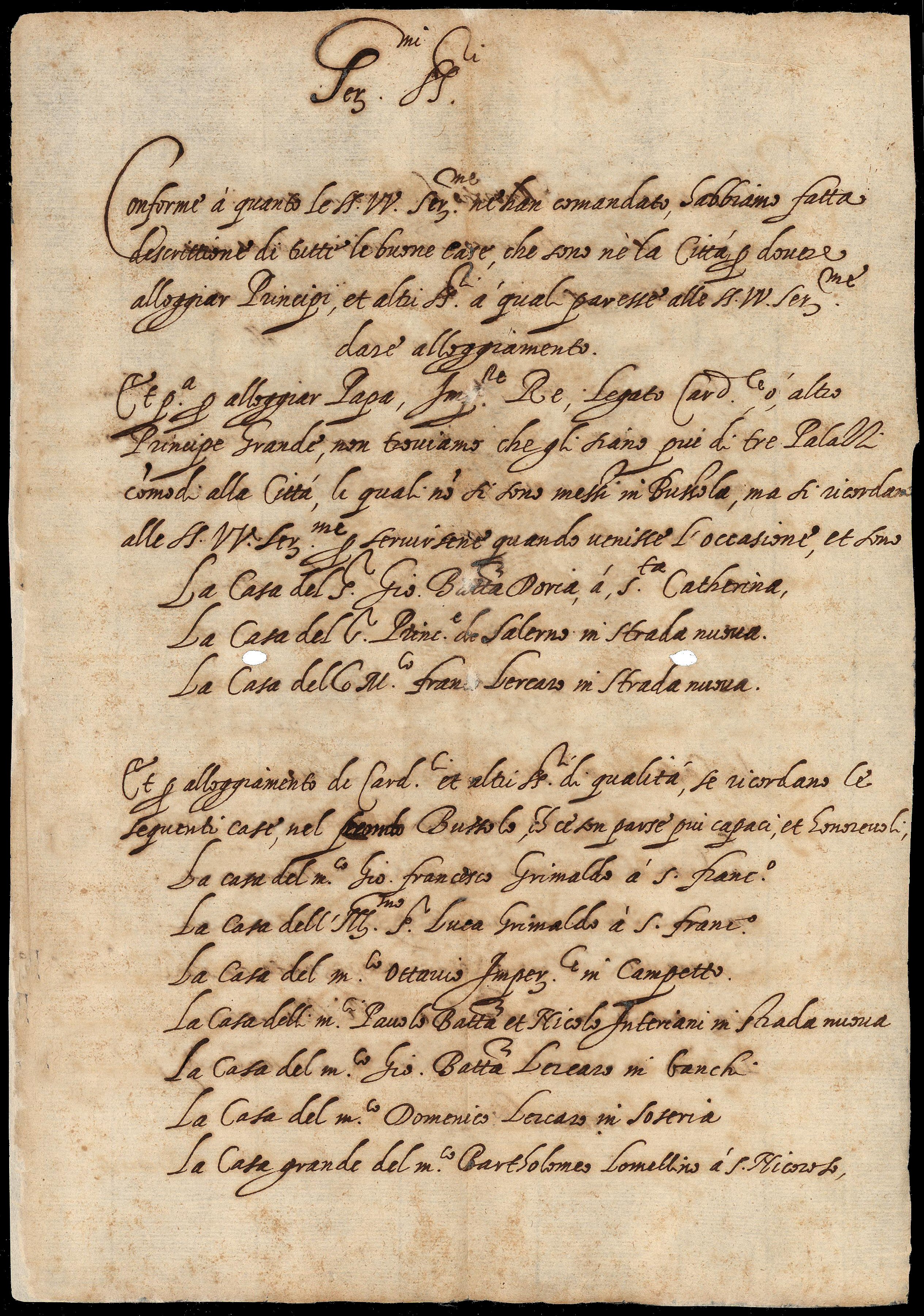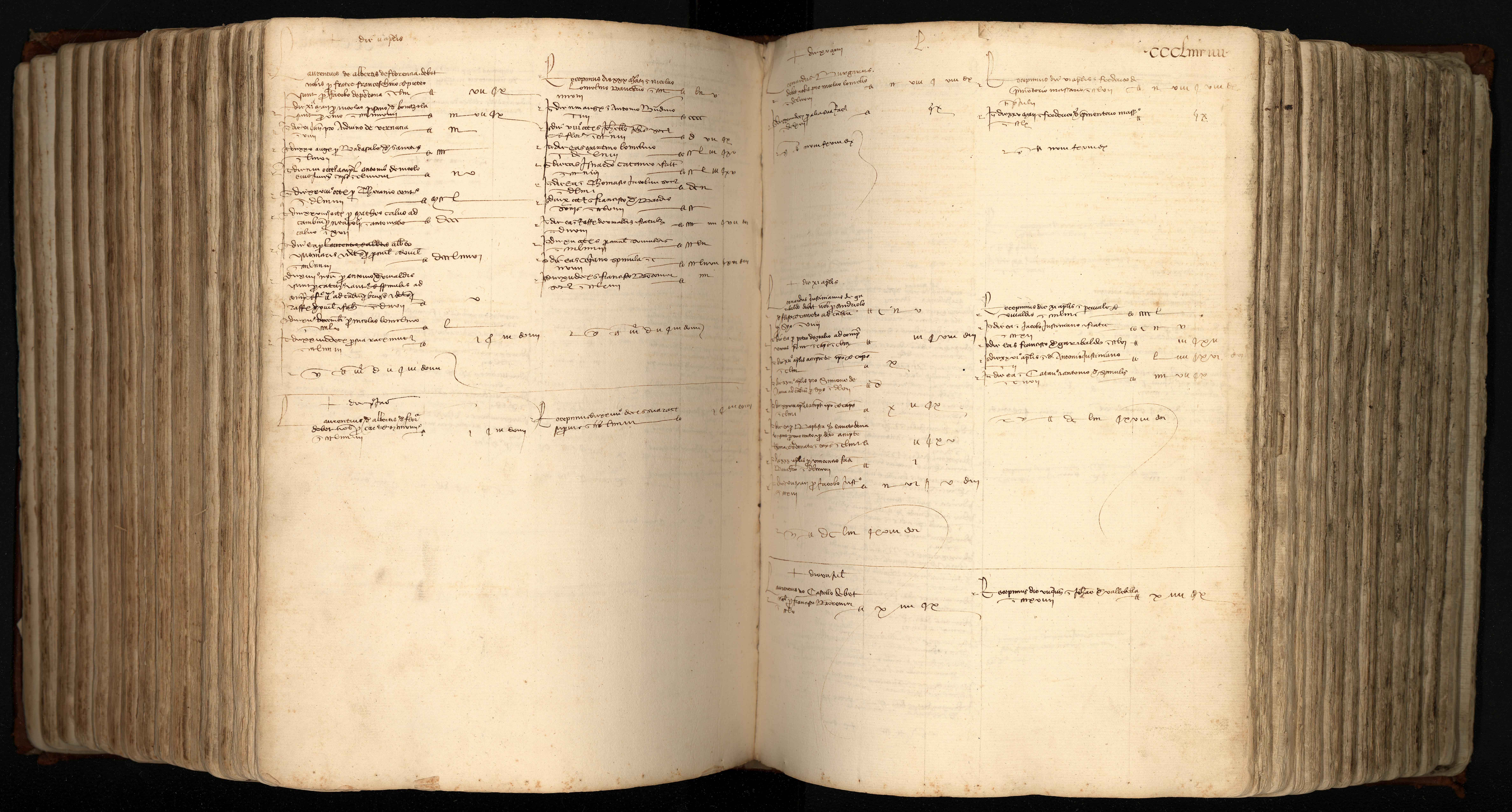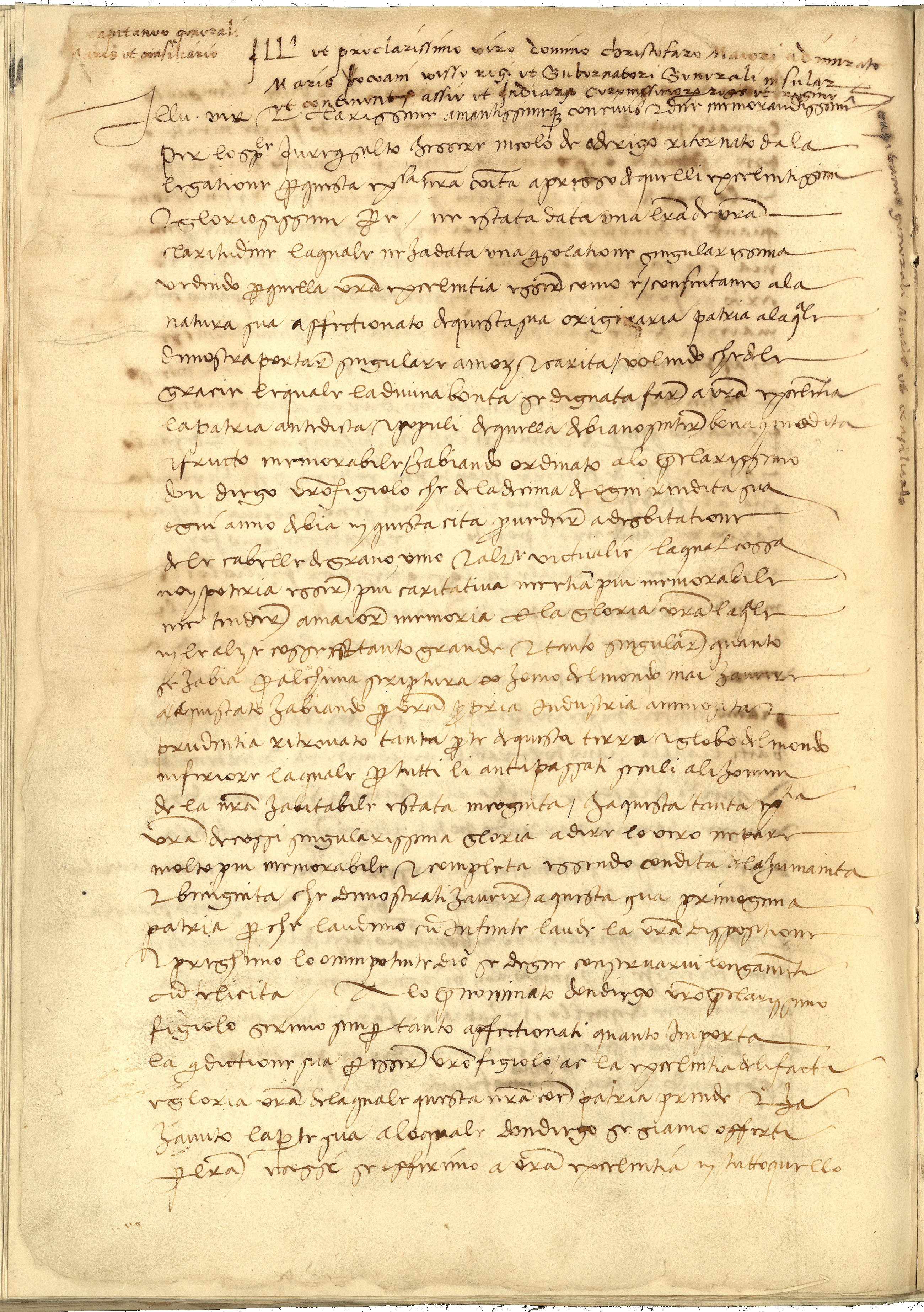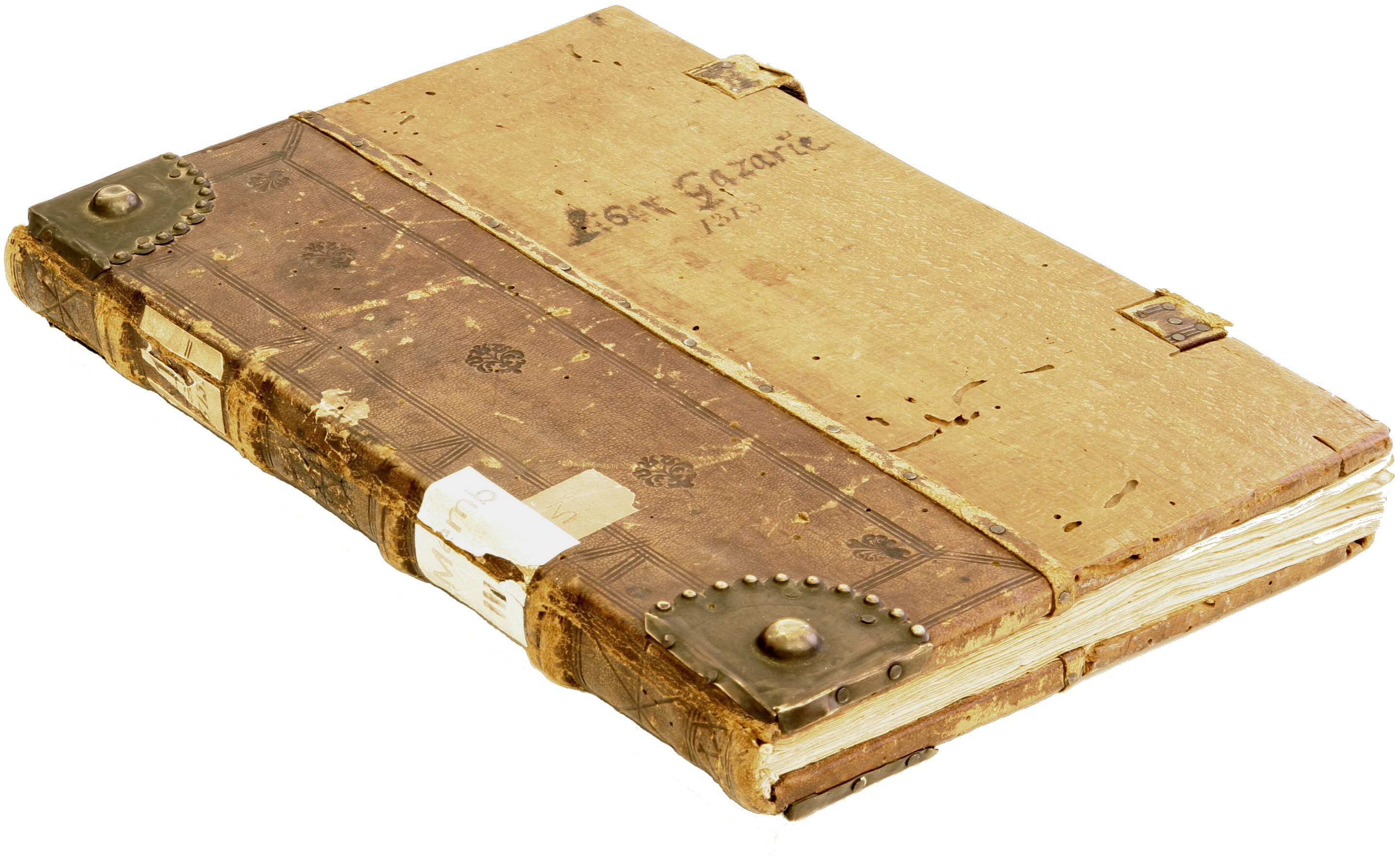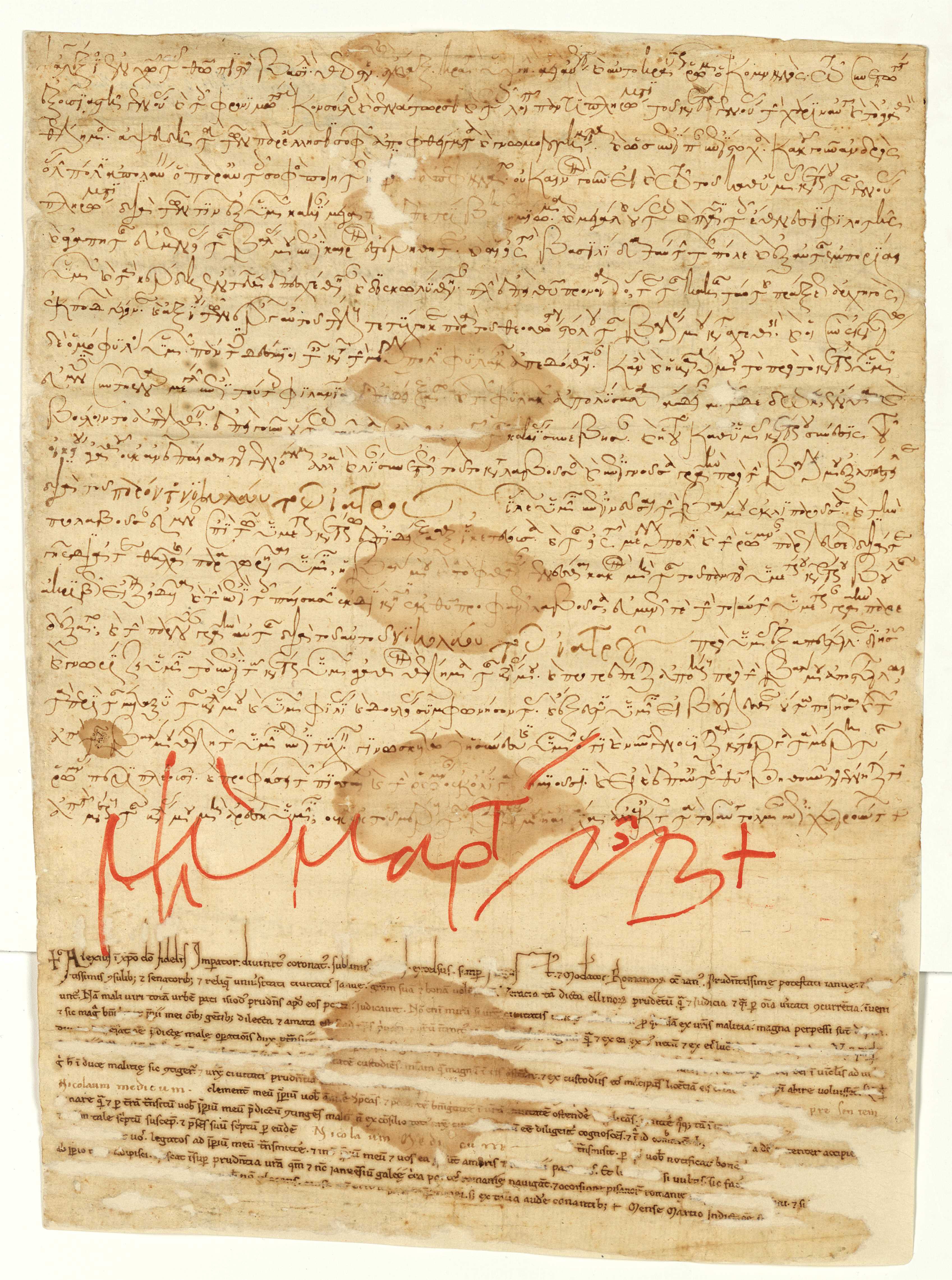
Click here to view image
The Cyborg Terminator
Made of resin and metal
Life-size statue
The statue reproduces the protagonist of the homonymous film by James Cameron released in 1984. He is the killer cyborg, sent back in time, from 2029 to 1984, to kill Sarah Connor, whose son, in a post-apocalyptic future, is destined to save humans from machines. When the film hit the big screen, it was critically acclaimed and was a steppingstone to the career of then-young Arnold Schwarzenegger who plays the cyborg. The success was such that it inspired several sequels, comics, novels and video games. In 2008 Terminator was selected by the United States Library of Congress for retention in the National Film Registry.
Fun fact: To get into the role better, Schwarzenegger purposely avoided Linda Hamilton (Sarah Connor) and Michael Biehn (Kyle Reese) on set, in order to not have any kind of relationship and to feel positive emotions towards the characters who (in the film!) he had been sent to kill.



